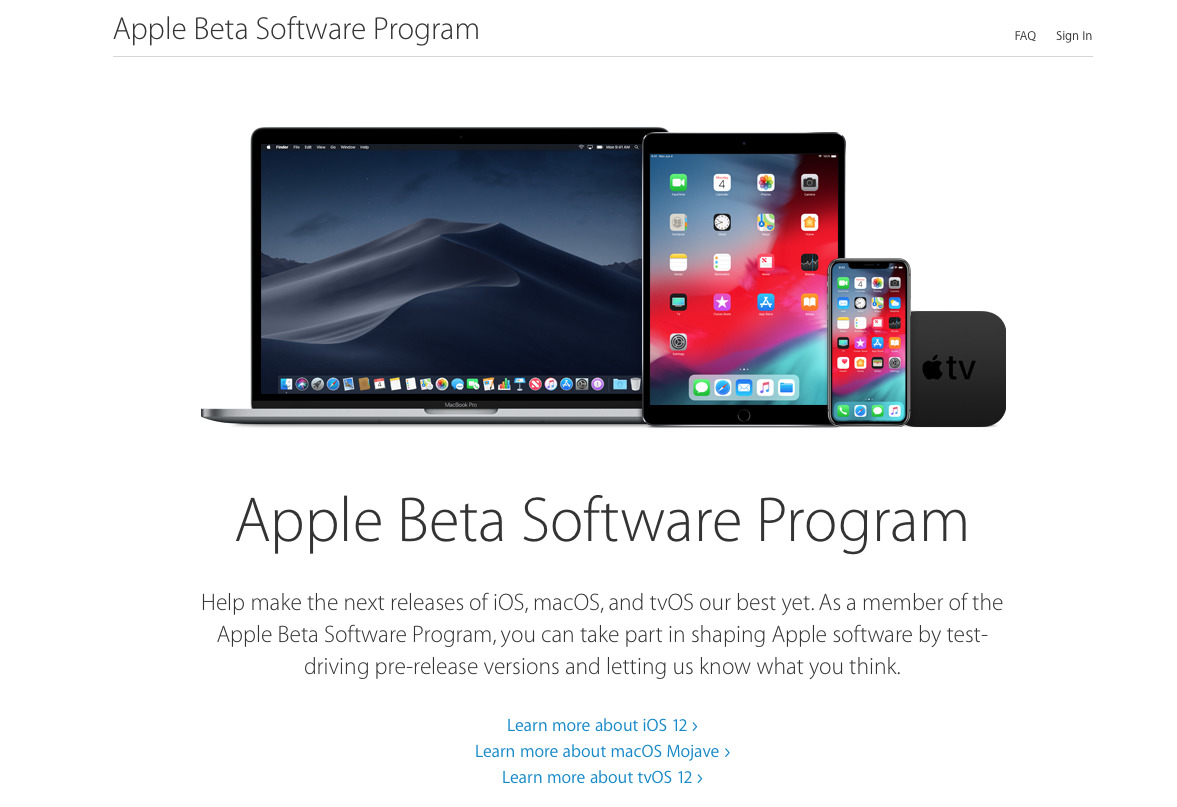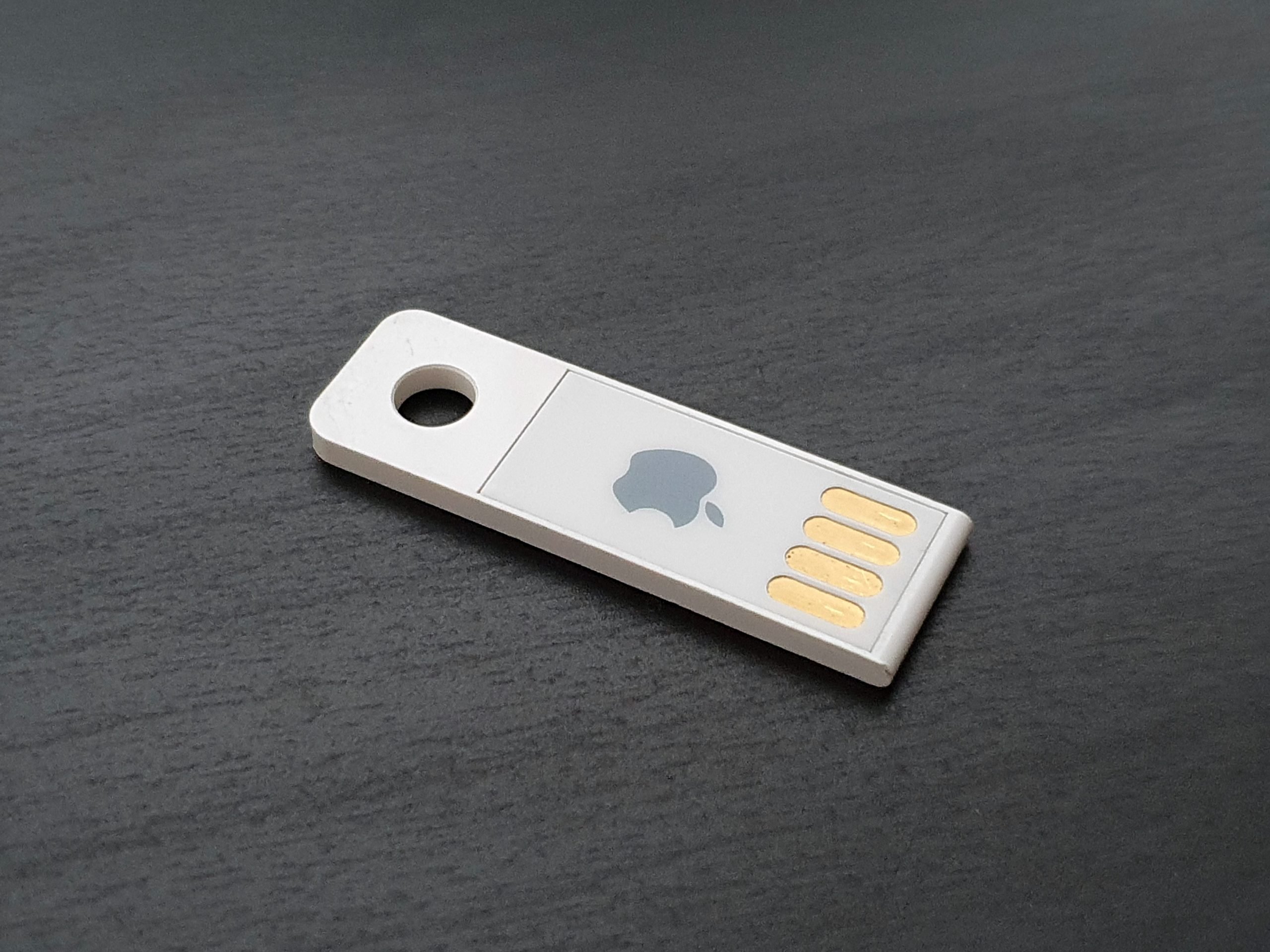Macos Upgrade To Mojave
Upgrade to macOS Big Sur
Before installing this upgrade, make sure that your Mac is ready.
Check compatibility

macOS Big Sur supports most Mac models introduced in 2013 and later.
An attractive upgrade with dozens of latest preferences for handling documents, applications, and media files. It boasts iOS-style apps for images, Stocks, iBooks, News, and Voice Memos, which can now be accessed with improved safety and privacy. There’s a much to admire about the macOS Mojave. Download macOS Big Sur If you’re using macOS Mojave or later, choose Apple menu System Preferences, then click Software Update. If you’re using an earlier macOS, use the App Store instead. Download macOS Big Sur If you’re using macOS Mojave or later, choose Apple menu System Preferences, then click Software Update. If you’re using an earlier macOS, use the App Store instead.
View compatible Mac modelsMake a backup
Before you upgrade, make a complete backup with Time Machine, or store your files in iCloud.
Learn how to back up your Mac
Free up space
If the installer needs more storage space to upgrade, you can free up space using tools that come with your Mac.
Free up storage spaceDownload macOS Big Sur
If you’re using macOS Mojave or later, choose Apple menu > System Preferences, then click Software Update. If you’re using an earlier macOS, use the App Store instead.
Learn how to download and install macOS Big SurGo to the App Store
Get to know macOS Big Sur
Learn about some of the new features of macOS Big Sur.
Control Center
Control Center brings favorite controls such as Bluetooth, Wi-Fi, Do Not Disturb, and Sound together in a single place—so you can easily adjust them at any time.
Use Control CenterNotification Center
Notification Center puts notifications and>
Safari
Customize your start page, navigate with ease using the new tab bar, and access a new privacy report to see just how Safari protects your privacy as you browse.
Get to know SafariMaps
Discover great places around the world and navigate easier with guides, cycling directions, indoor maps, Look Around, electric vehicle routing, and more.
Messages
Send messages to friends and family using new tools that make it easier to keep track of group conversations and give you fun, engaging ways to express yourself.
Use MessagesLearn more on YouTubePhotos
Use the expanded editing capabilities in Photos to easily make simple changes and more advanced adjustments to your photos.
Learn how to edit your photosHave a question?
Ask everyone. Our Apple Support Community can help you find answers.
Ask nowTell us how we can help
Answer a few questions and we'll help you find a solution.
Get supportThe macOS Mojave was the fifteenth release from Apple for their macOS family and was made available to the public on the 24th of September in 2018. The macOS Mojave 10.14.1 (the updated version) was released on the 30th of October of the same year with a couple of new updates.
It succeeded Mac OS High Sierra 10.13 which was released on the 25th of September in 2017 and was preceded by the macOS Catalina 10.15 which was released on the 7th of October in 2019. This macOS is known to be the last one developed by Apple to support 32-bit applications as macOS Catalina only supports 64-bit applications.
Download Latest Version: macOS Catalina 10.15 ISO & DMG Image
License
Official Installer
Can't Upgrade To Macos Mojave
File Size
5.6GB / 5.9GB
Language
English
Developer
Apple Inc.
Mavericks Upgrade To Mojave
Tutorial: How to Install Mac OS on Windows PC using Virtual Machine.
There were a large number of new features and additions introduced in macOS Mojave that made it successful. In particular, Dark Mode, Stacks and the improved App Store received fine praise. Additions to the Finder and Screenshot features helped improve their ability to serve the needs of the users greatly. The focus on strong security for the user’s information was also viewed favourably.
At the same time, the macOS received criticism for its beta performance issues. Not all the features implemented on the system were completely developed either. Despite these shortcomings, macOS Mojave was seen as a powerful step forward for Apple towards its future products.
Productive Features of macOS Mojave 10.14.1
Here are some of the features that were introduced in Mojave and some of the pre-existing ones that have been reworked:
- Finder Quick Actions- This is a useful feature that will allow users to create a PDF or rotate an image without the use of an app. The user can explore the kind of actions that they can perform by checking out the Quick Actions menu.
- Finder Preview Panel- Like before,this feature allows the user to have a small glance into a document or an image without actually opening it. Additionally, users will now be able to be aware of details about the document or images such as the date of document creation or the kind of lens used for taking a photo.
- Quick Look- A pre-existing app on macOS Sierra, Quick Look allows users to see files, folders or photos without even opening them. With the new Markup feature, photos and PDFs can now be cropped or rotated. Text can also be added to them.
- Security improvements- Ad trackers that constantly bombard users with advertisements when they show interest in a product will now be blocked by the macOS. The macOS also now asks the user for permission for apps to use their Mac’s microphone and camera. Permissions will also be asked for other things such as browser data and message history.
- Safari Favicons- Since favicons were not available in Safari before, most people preferred to use Google Chrome. Now, favicons are available in Safari which means that users will be able to enjoy what they have been desperately waiting for. With the aid of favicons, users will now have much greater ease identifying their tabs without having to open them. This may be a small addition but it has made many users incredibly ecstatic.
- Dock- This is a pre-existing feature that can be used to get to apps and features that users are prone to access on a daily basis. In macOS Mojave, the Dock will show users up to 3 apps that they have used recently. Since not everyone is a fan of this feature as some find it annoying, they can turn it off if they wish.
- Facetime- Users can now chat with up to 32 people at the same time. If there is a group call happening, each participant can join in whenever they want during the active duration of the call. Group messages can also be sent in Facetime.
- App Store- The App Store has received many new additions to its already impressive set of features. The newly introduced Discover tab helps users find apps that they may have missed out on before, based on their preferences. The Create app will help users who are interested in producing content through methods like video editing and filmmaking.
- Dark Mode- By using Dark Mode, users will now be able to switch between Light Mode as well as Dark Mode. Using this new mode, users can protect their eyes from strain when they are working at night. The blue light that is emitted from the Mac screen is not good for the user’s eyes and Dark Mode helps reduce it greatly. The mode makes it easier to read text on the screen if there is good contrast between the screen and what the user is reading. Using Dark Mode can also help save battery life.
- Continuity Camera- If the user’s Mac and iOS devices are in close proximity to each other and both have their Wi-Fi and Bluetooth turned on, this feature can be used. It allows users to have whatever they scan or take a picture of on their iOS device be immediately available for display on their Mac. This feature can save a lot of time that would normally be taken in transferring photos or documents from iOS devices to the Mac the manual way.
- Dynamic Desktops- This feature changes the wallpaper of Mac’s screen according to the time of day. In order to use this feature, the user must have their Location Services enabled as the feature needs this information in order to be able to draw a match between the lighting outside in the user’s location with the wallpaper that they have on their screen.
- New ported apps- A few apps have been ported to the macOS Mojave from the iOS, namely News, Stocks, Voice Memos, and Home. News is an incredibly informative app that will provide users with updates and news pages from the world. With Home, users will now be able to connect their Mac with their HomeKit accessories which help them control their environment(light-bulbs, smart door locks, etc). If you wish to use your voice to record yourself singing or create voice memos, Voice is the app for you. Users can also sync their voice memos with all their iOS devices. Stocks will help the user get all of the financial information and stock market details that they need, complete with excellent diagrammatic representations with the appropriate statistical data attached.
- Stacks- Having a messy desktop can be excruciating to deal with it, especially for those who try to organize the multitude of files on their Desktop and end up failing. With the Stacks option, those worries can now be put to rest. Users will now be able to neatly arrange their files into neat stacks according to their wishes. There are different fields according to which the stacking can take place depending on the user’s preference such as the date the file was last modified or the date that the file was created. Stacks has been praised as one of the brightest additions introduced in macOS Mojave.
- Screenshot markup- There are many more options to take screenshots in macOS Mojave. These include being able to screenshot the entire screen, a specific window, or a specific area. The user is also able to screen record the entire screen or a specific part of it according to their preferences(for video purposes). They can also add text, shapes, or color to their screenshot if they wish.
- Siri- Siri has always been an important part of the Apple family and a great virtual assistant to users. In macOS Mojave, Siri is now able to control HomeKit devices and can also assist the user in finding their saved passwords.
- Updates- Normally, updates are performed through the App Store. In macOS Mojave, there is a Software Updates panel under System Preferences that has been designed especially for this purpose.
- Inclusion of new emojis- This may not seem like addition of great importance but the excitement that comes with it is nothing short of huge. More than 70 new emojis have been introduced to Apple’s emoji family.
- Emojis in the mail- Emojis can now be included in the user’s mails. There is a convenient shortcut available that the user can utilise in order to do this.
How to download the macOS Mojave ISO and DMG files
There are certain conditions that have to be satisfied before proceeding with the download. Using a verified link online, the user should download VirtualBox or VMWare. After this is done, the user should proceed to the Terminal and type in the required commands that come under each of the specified steps below:
- Creating a virtual disk for the installation media.
- Mounting the virtual disk.
- Writing the installer to the mount point.
- Unmounting the installer app.
- Converting the DMG file to the ISO format.
- Changing the file extension to an ISO file.
Requirements for macOS Mojave 10.14.1
The user’s Mac must have a minimum of 2 GB of RAM and 12.5 GB of available storage space in case they are upgrading to macOS Mojave from any one of its predecessors from OS X El Capitan and onwards. It will require 18.5 GB of available storage space if the upgrade is for an OS that is or precedes OS X Yosemite.
Steps to download macOS Mojave 10.14.1
Please follow these steps below in order to download macOS Mojave 10.14.1:
Check if the Mac system is compatible with macOS Mojave 10.14.1
Mac Os Upgrade From Catalina To Mojave
The user should check if their Mac model is compatible with the macOS that they are about to download and install. These are the models that are supported:
- MacBook(2015 and onwards)
- MacPro(2013 and onwards)
- MacBook Pro(2012 and onwards)
- MacBook Air(2012 and onwards)
- iMac(2012 and onwards)
- Mac Mini(2012 and onwards)
Backup the system

The user should backup all of the important files that they may be afraid of losing. Time Machine is an excellent inbuilt feature that can help the users take care of this. The user should connect their system with an external storage device and then let Time Machine backup their files to this location. If the user’s original files are ever deleted or gone, they can use their backup files. DropBox, iCloud and OneDrive are also great alternatives to Time Machine.
Ensure that a strong Internet Connection is present
Mac Os Upgrade To Mojave
A lot of time is required to download and install macOS Mojave and the user should be thoroughly prepared for this. They should ensure that their Mac is connected to a strong Internet connection so that there are no interruptions in the download or installation of the macOS.
Download the macOS
The user can now download the macOS from their App Store.
Upgrade Macos El Capitan To Mojave
Allow the Installation process to take place
Upgrade To High Sierra
The user will be prompted to begin the installation process once the download has been completed. The instructions displayed by the installer should be carefully followed and completed accordingly by the user. It is recommended that the user perform the installation in the evening so that the process can get completed overnight. They should ensure that their Mac’s lid is not closed and they should not enable the Sleep option either.
Enjoy the macOS for yourself
The user should patiently wait for the installation process to get completed( this process may take a very long time). Once it is done, the Mac will be restarted. After this, the user will be able to enjoy using and experiencing macOS Mojave 10.14.1 themselves.
What Is The Latest Update For Macos Mojave
If you have not tried out the macOS Mojave 10.14.1, we strongly suggest that you give it a try. Apple has done an incredible job of trying to improve upon the previous macOS High Sierra version. There has been a massive influx of new features in this version that we are sure you would love to try out.
Please peruse this article thoroughly before you update your Mac’s current OS to macOS Mojave 10.14 so that you will not miss out on any important information that you may require. We are so happy that we got the opportunity to be able to help you through this article. Please do reach out to us in the comments section below if you have any queries and we will help resolve them for you.
